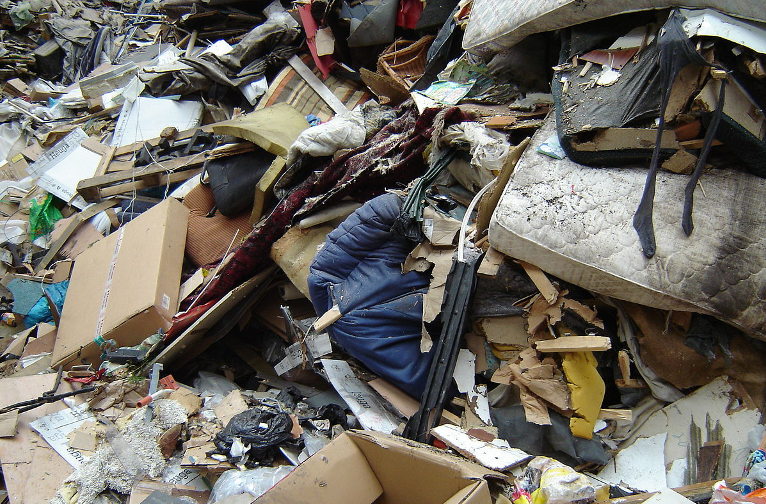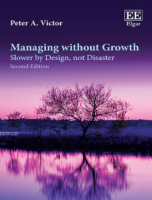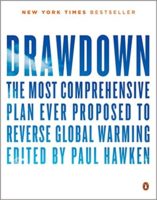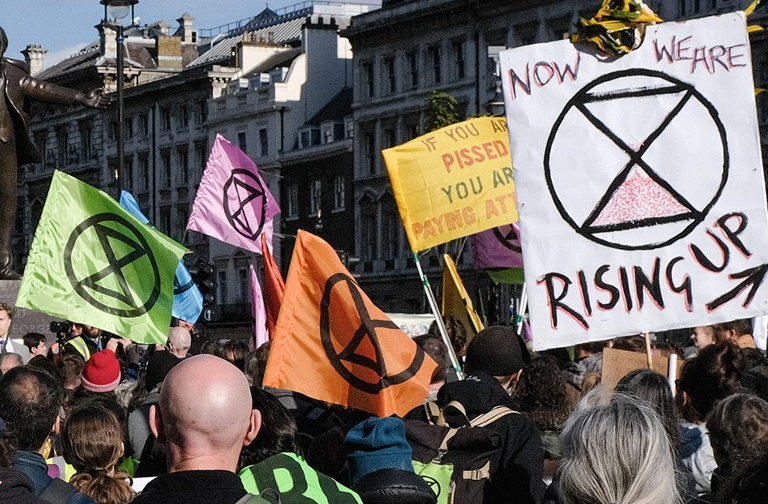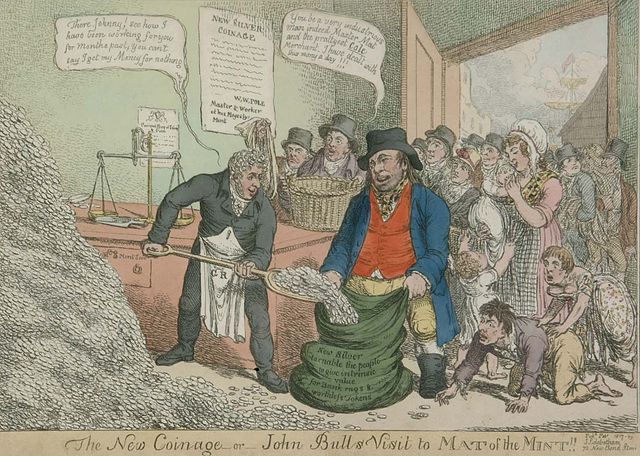While biologists have long agreed that humans are the dominant lifeform of the Anthropocene, some geologists now argue that, during the pivotal Concretaceous phase, it was the automobile that served as the true apex species. It was for the sake of automobiles that concrete—the signature rock stratum of the Concretaceous—was laid down over millions of square kilometers of landscape. The automobile served as a kind of exoskeleton for Concretaceous humans, as well as a status symbol, and it was for the powering of automobiles that millions of years’ worth of ancient sunlight, stored in the form of petroleum, was wrenched from the ground and combusted—thus altering the climate and triggering the swarm of events that led to the second phase of the Anthropocene, the Hellocene.
This latter observation has led some historians to explore the evolution of the automobile, from the primitive Stutzes and Locomobiles that rolled the primordial roads of the early Concreteaceous, all the way to the sleek Teslas and other electric cars that began to proliferate just as the swiftly intensifying events of the brief Hellocene brought the Concretaceous to a hot, chaotic end.
…click on the above link to read the rest of the article…



